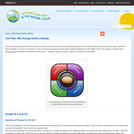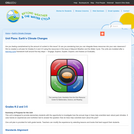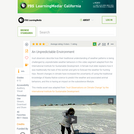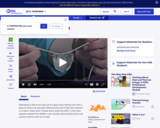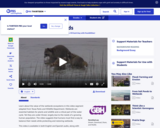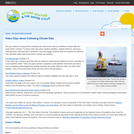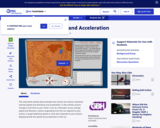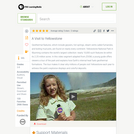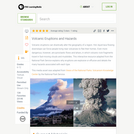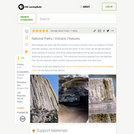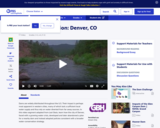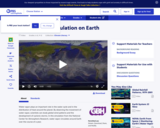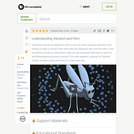
This video segment presents a variety of sounds -- from animals to machines to musical instruments -- while introducing the basic concepts of vibration, volume, and pitch.
- Subject:
- Chemistry
- Physical Science
- Physics
- Material Type:
- Activity/Lab
- Provider:
- PBS LearningMedia
- Provider Set:
- PBS Learning Media: Multimedia Resources for the Classroom and Professional Development
- Author:
- National Science Foundation
- WGBH Educational Foundation
- Date Added:
- 02/20/2004

